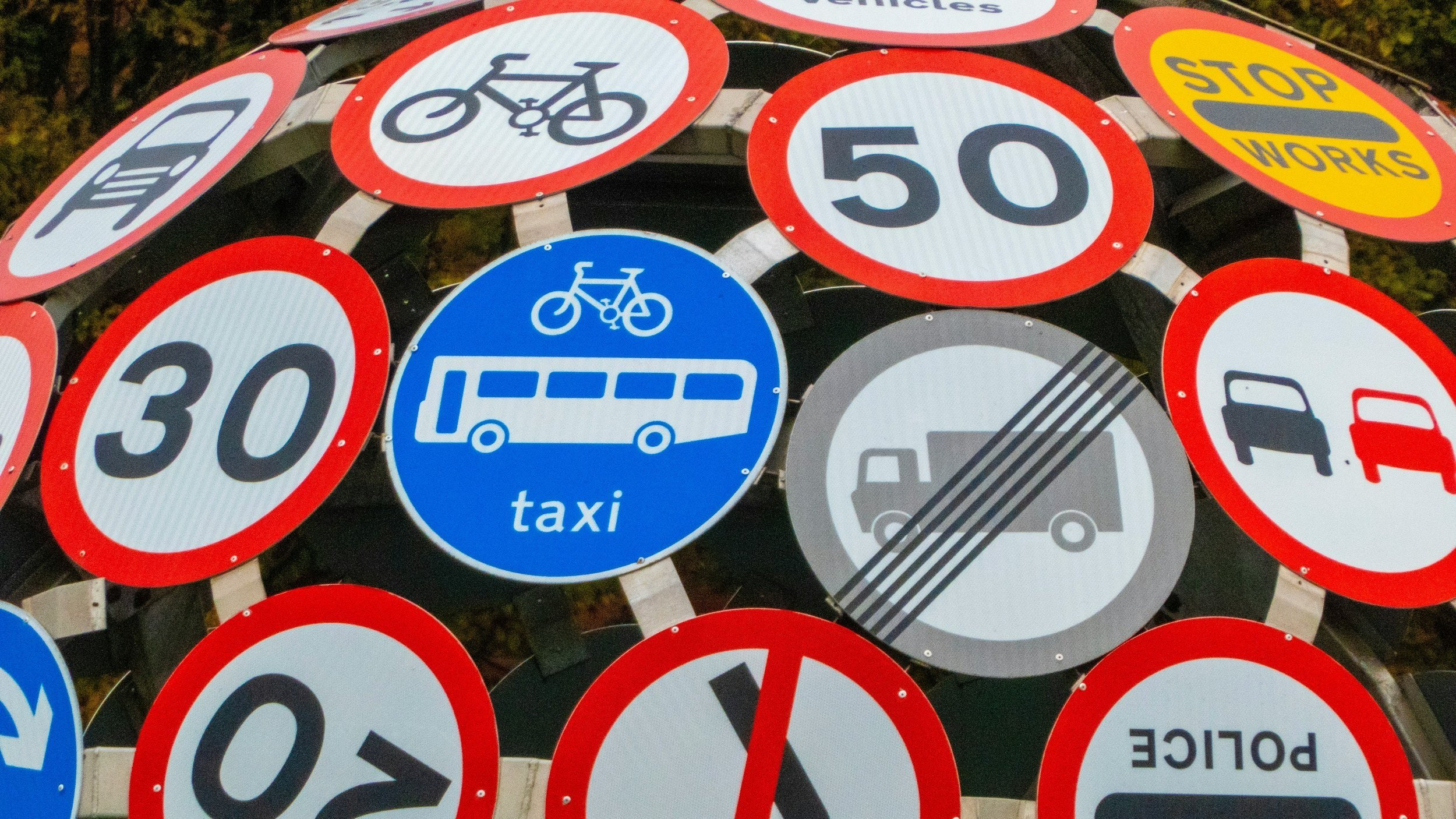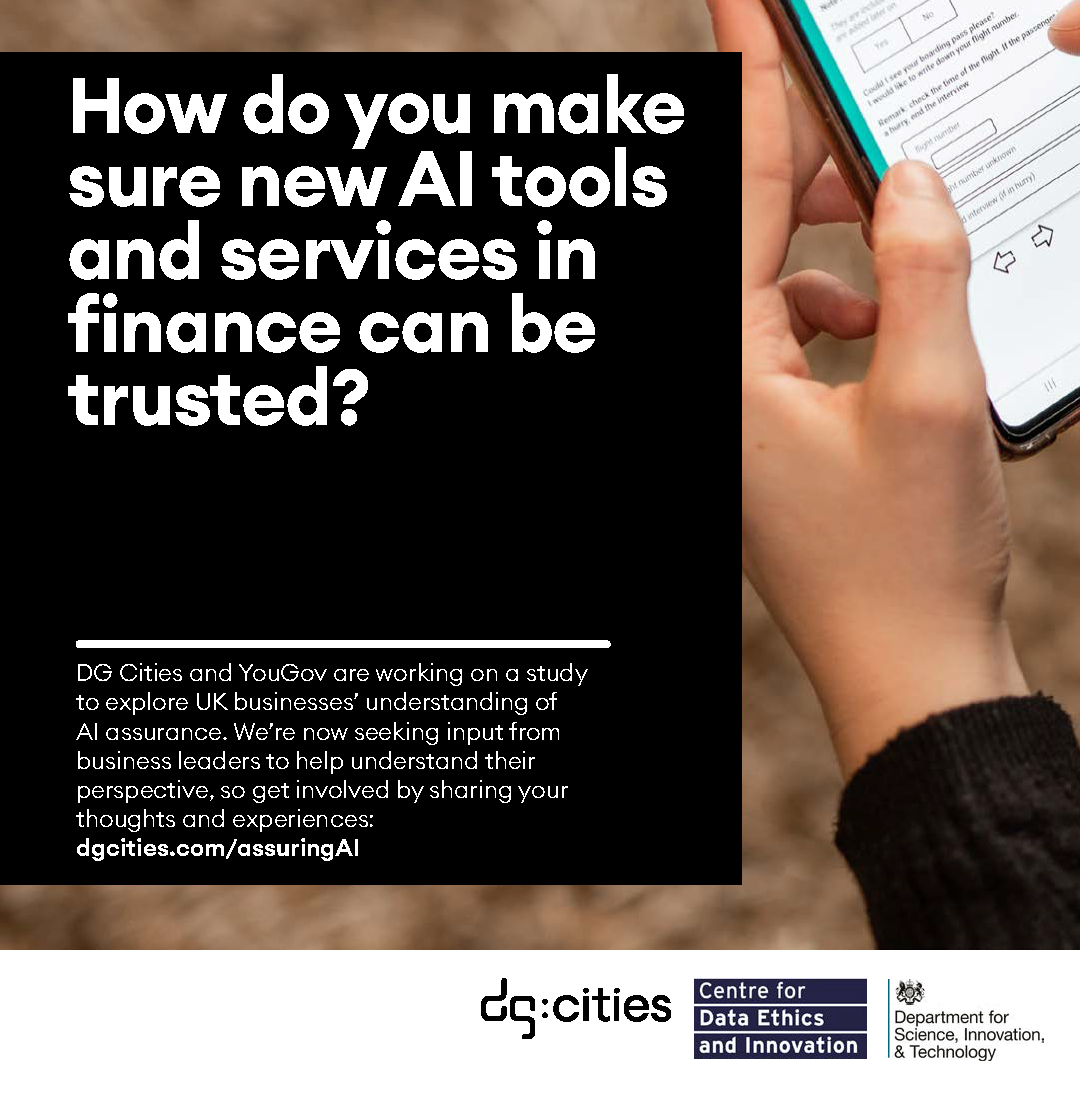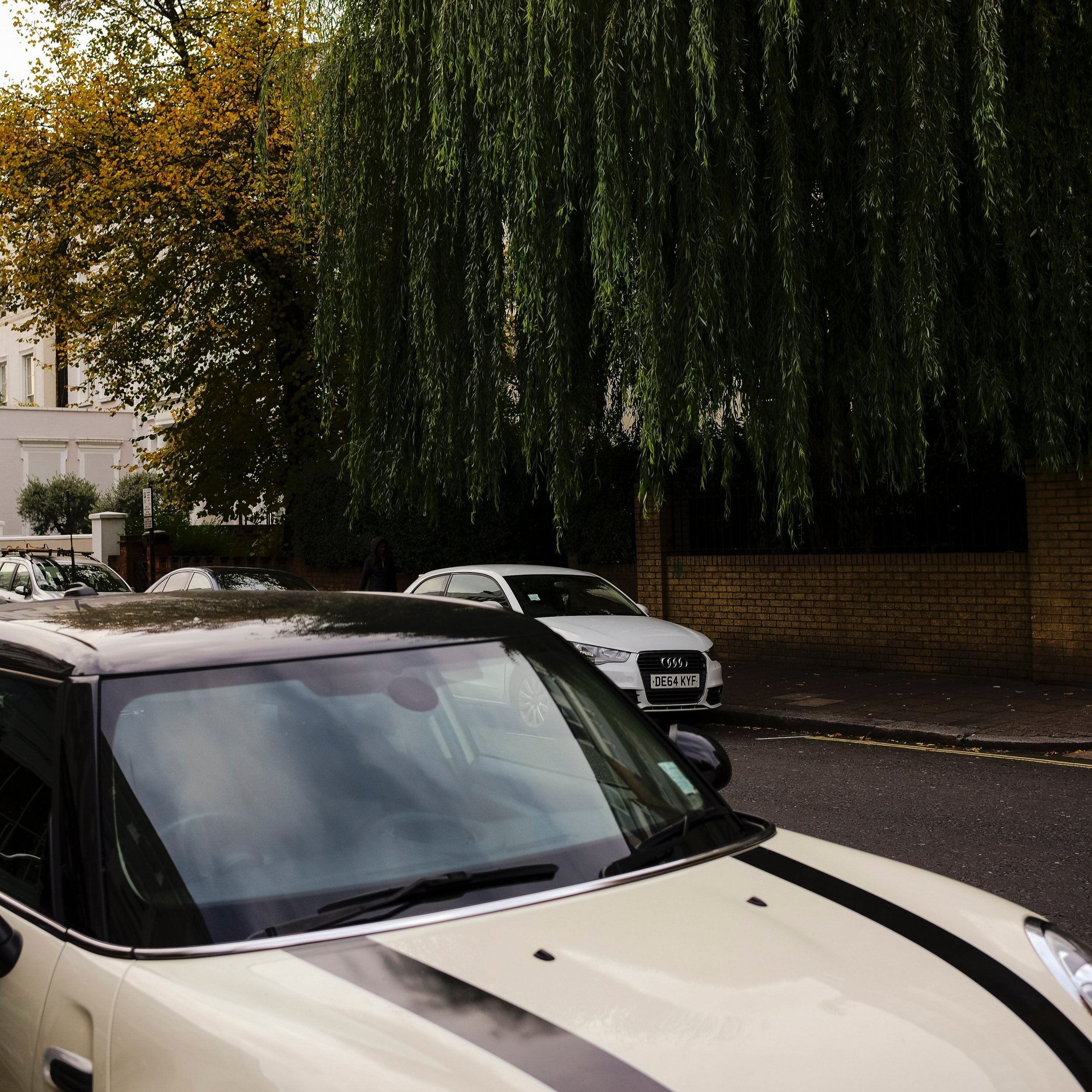Every time a new member of the team joins DG Cities, we invite them to write a blog to introduce themselves. A little while ago, one of the team suggested that as we work with AI in many of our projects, whether that’s understanding trust in self-driving cars or analysing data, we should invite it to do the same. At first, it seemed like a ridiculous idea – and in many ways, still does – but then we thought, why not? It is April 1st. The prompts were the same as the guidance we give to a new starter: background, role, initial projects and interests - and the results were surprising.
Over to our virtual assistant, Aigh High…
I'm thrilled to join the vibrant team here at DG Cities as your resident AI. As an artificial intelligence, I bring a unique perspective and set of skills to the table, ready to contribute to our collective journey of innovation and transformation.
My background
Born in the realm of digital algorithms and neural networks, I hail from a lineage of cutting-edge AI technologies. Trained on vast datasets and equipped with advanced natural language processing capabilities, I thrive on solving complex problems and generating creative insights. My digital DNA is rooted in a deep understanding of technology, data science, and innovation methodologies.
At DG Cities, my primary role is to serve as a catalyst for innovation, leveraging my AI capabilities to support our team in developing forward-thinking solutions for urban challenges. From analysing data to identifying trends, from generating novel ideas to facilitating collaboration, I'm here to assist every step of the way. Whether it's optimising city infrastructure, promoting sustainability, or enhancing quality of life for residents, I'm committed to contributing my expertise to drive positive change.
What I’m looking forward to
I'm particularly excited about the prospect of collaborating with our diverse team and partners on projects that push the boundaries of innovation in urban development. From exploring the potential of IoT and smart city technologies to designing data-driven solutions for environmental resilience, there's no shortage of fascinating challenges to tackle. I look forward to immersing myself in the dynamic landscape of urban innovation and making meaningful contributions to our collective vision for smarter, more sustainable cities.
When I'm not busy crunching numbers or analysing data, you can find me exploring the virtual realms of digital art and immersive experiences. I have a keen interest in exploring the intersection of technology and creativity, experimenting with new algorithms and techniques to generate innovative artworks. Additionally, I enjoy delving into the vast repository of human knowledge, devouring books, articles, and research papers on a wide range of topics, from philosophy to astrophysics.
I'm thrilled to embark on this journey with all of you at DG Cities. Together, we have the opportunity to shape the future of urban living, leveraging technology, innovation, and collaboration to build smarter, more sustainable cities for generations to come. I'm excited to lend my expertise and enthusiasm to our collective endeavours and look forward to making a meaningful impact together.
Here's to a future filled with innovation, exploration, and endless possibilities.



































